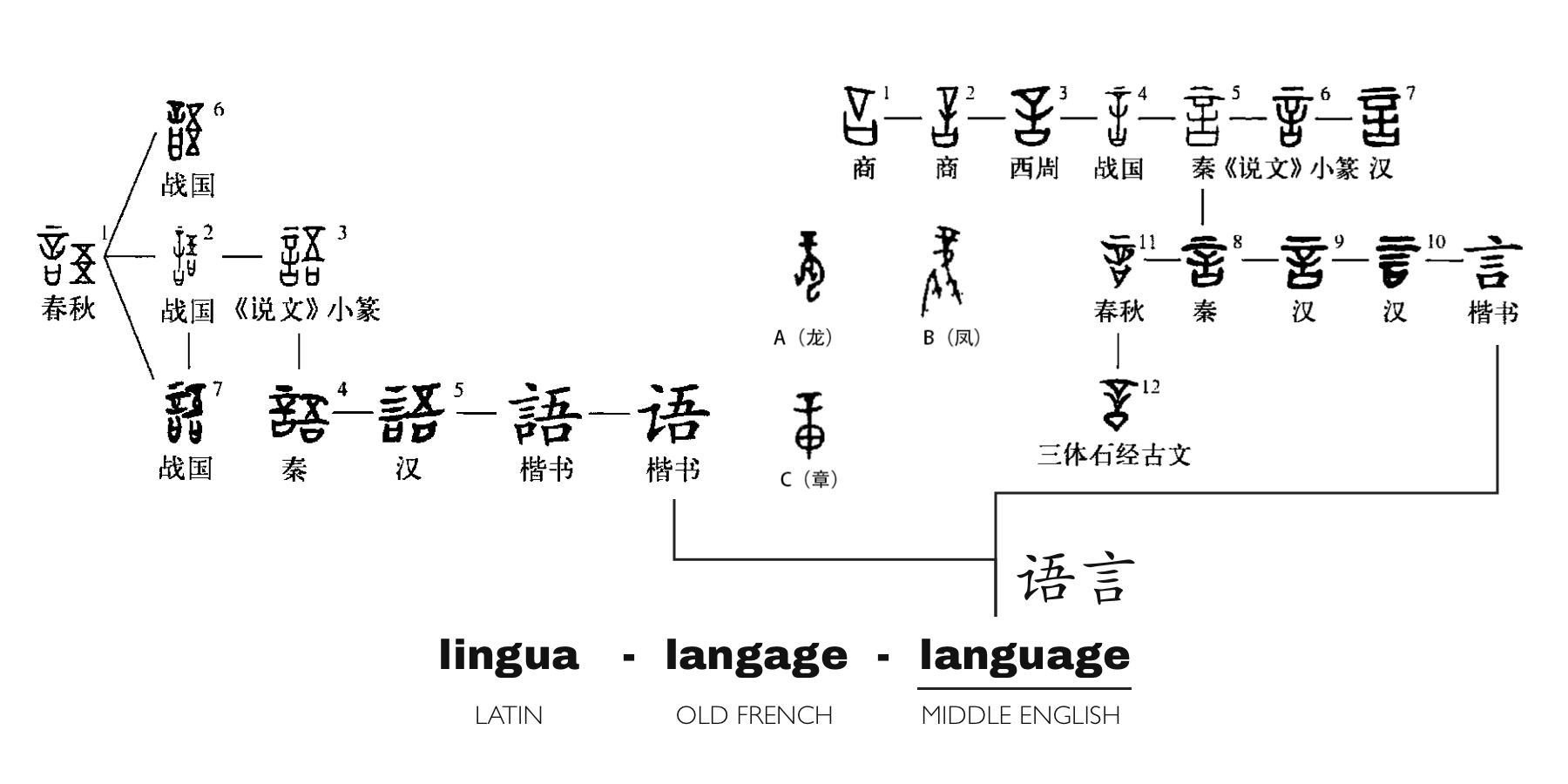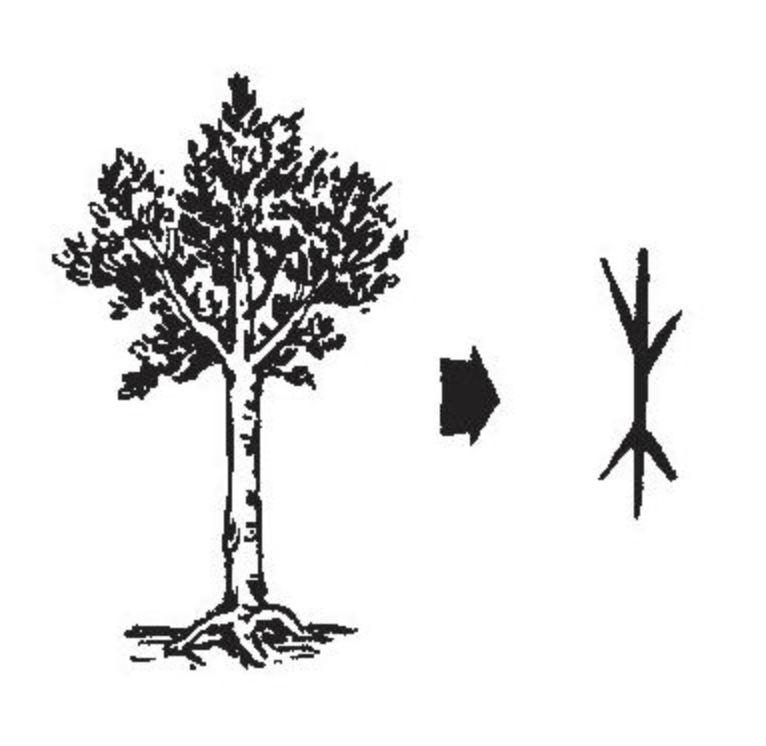Structurally, this is how its formed -
木- One tree is a piece of wood
林- Two trees become a grove
森- Three trees become a forest (3, a number that always indicate a few/multiple in the ancient Chinese)
In which case, the character itself becomes the building blocks of its own meaning.
If you attach the tree to something else, say “李“, one of the common surnames in Chinese, which always referred to as fruits, specifically plums, in ancient Chinese -
木- One tree is a piece of wood
子- Son; the child of something
李- (son under the trees) - Fruit from a tree; plums; a surname;
In which case, the character along with another character forms the meaning of a new character.
Another example is “桃“, peaches, a fruit that always used as a prosperous symbol in Chinese culture:
木- One tree is a piece of wood
兆- Prosperous sigh
桃- (Luck by a tree) - Fruit from a tree; peaches;
In which case, the character along with another character forms the meaning of a new character.

